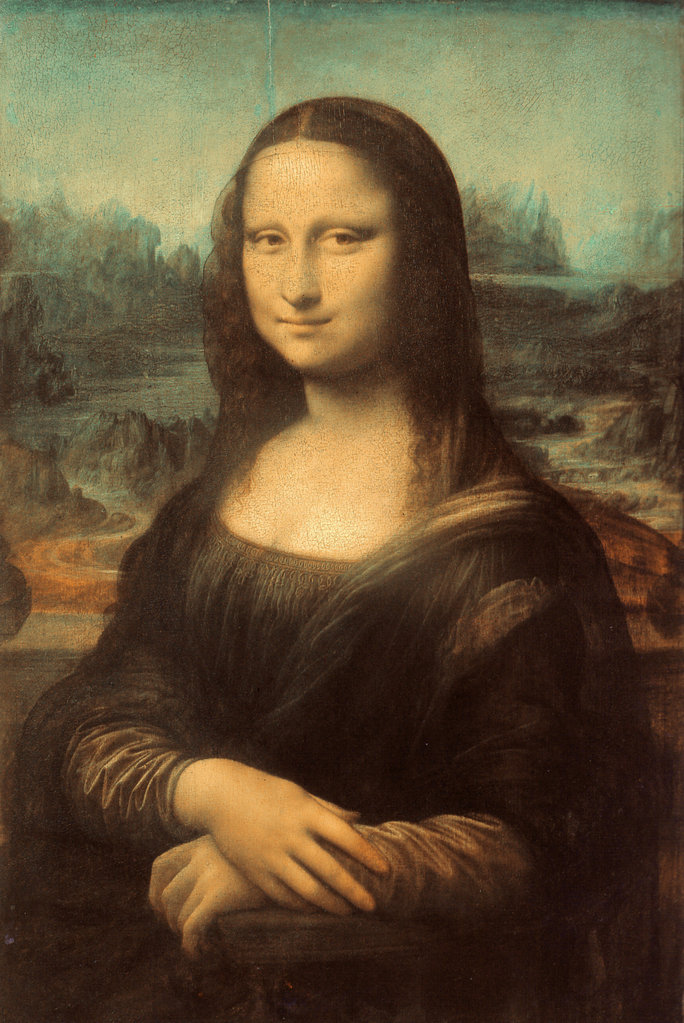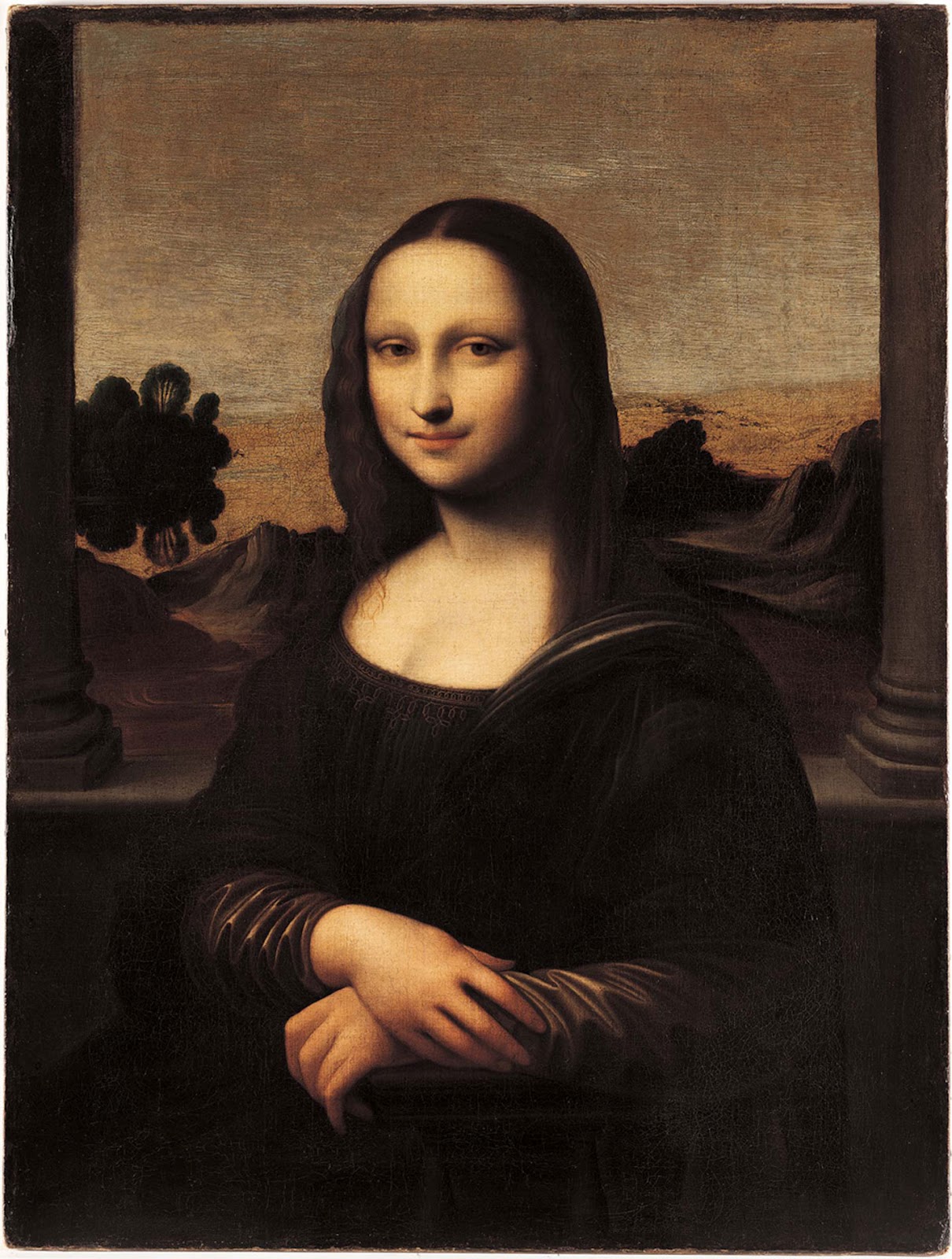It is exciting, there is a newly found word from a master. But is it real? Did da Vinci paint the Isleworth Mona Lisa? Is it a cleaver forgery from a contemporary?
 |
| Mona Lisa |
How would you go about proving your theory? Research - a necessity if one aims to be a good writer. You have to know your facts before you can write about anything. There are plus and minus aspects to research though.
? | |||
| The Isleworth Mona Lisa |
I believe that every writer needs to use a mix of sources, least of them being the internet. Books, journals, magazine articles, and people who are familiar with your subject are usually the best way to go. And yes, many journals and magazines are available online - but scholarly material is very different than a tumblr site with an opinion written by a conspiracy theorist.
Writers also need to have a working understanding of their subject. Using the Mona Lisa's as an example, you as the writer need to know about various art techniques and theory. What is the base of the painting? Was there a sketch involved? What paints were used? What about brushstrokes? Lighting? Texture? If the writer does not understand the basics, how can the reader understand them? And what about the reader who is well versed in art? If you do not know your subject, no one will take your work seriously.
Now, there will always be naysayers in whatever subject you chose. Especially when it comes to art, and the art of one of the masters. If a person were to write about these two paintings, the writer would first have to take a side. Say the writer thinks the newly discovered painting is not da Vinci's work. How does the writer tell the reader why it's fake?
Through evidence the writer finds through not only examining the works, but by knowing the era of the known work. The writer needs to convey how the paints were created, what was mixed in the oils to make certain shades. The writer needs to show the differences between the paintings: materials used and techniques. For example, the Mona Lisa was painted on wood, whereas the Isleworth Mona Lisa is painted on canvas.
WRITING EXERCISE: Think of an item, be it art, historical letters, an unfinished manuscript, that has been found. The person/people that have found this item claim it is authentic, an original work worth millions of dollars. How would you go about collecting the evidence to form your own opinion? How would you sway others to believe your argument? Think about the research involved, and outline your approach.
This might lead you to a fascinating tale of intrigue in the art world.
Neat, this sounds like a lot of fun. Thank you Aimee!
ReplyDelete